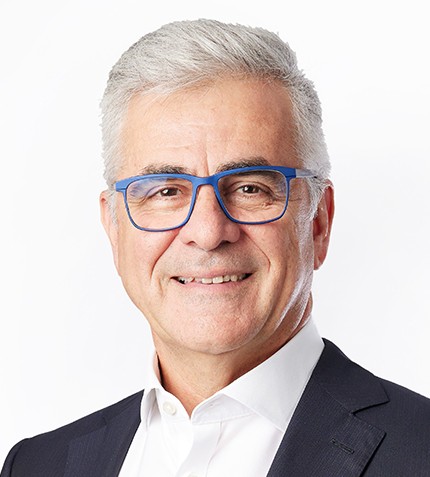
"The significant advantage of this ownership change lies in leveraging a robust balance sheet to acquire additional service businesses."
Zimi Meka
CO-FOUNDER AND CEO, AUSENCO
Can you provide a brief overview of Ausenco's performance in 2023?
2023 was an exceptional year for Ausenco. In terms of performance, we achieved around AU$1 billion in revenue, our highest on record. We successfully completed the Magino project, and are finalizing the Mantoverde project in Chile for Capstone Copper. Additionally, we initiated the Zafranal project for Teck and the San Gabriel gold-silver project for Buenaventura in Peru. These projects, along with ongoing work on over 100 feasibility and pre-feasibility studies, showcase the robustness of our project delivery capabilities. Overall, it was a dynamic and successful year for Ausenco.
Another major recent highlight was the announcement of our new investors in September 2023. A new shareholder group including Eldridge, Brightstar and Claure Group is in the process of closing a deal to take over as majority shareholders of Ausenco. This marks a strategic move for our investors who are looking for a way to support the energy transition.
Will the change in ownership change Ausenco’s approach towards its mining work?
Not at all. We will continue to serve the mining market, focusing on the critical metals that drive the energy transition. We have always maintained a focus on copper, base metals, gold, and consistent work with nickel. We are also focused on lithium. This group of investors was drawn to our experience with these commodities. The significant advantage of this ownership change lies in leveraging a robust balance sheet to acquire additional service businesses. This enables us to seek providers that complement our existing skills, with the necessary capital for expansion—marking a pivotal shift in our growth.
Have you observed any changes in the demand for Ausenco's services?
We have witnessed a shift in demand this past year as securing funding has been challenging for smaller players in Ontario. Interestingly, our client base has diversified, with increased business from major mining companies like BHP, Rio Tinto, and Newmont. However, some pre-development juniors have faced financing difficulties, leading to project delays. Our strategy of maintaining a diverse client base has proven crucial. I anticipate changes in the latter half of the year, with an expected surge in financing particularly in the gold sector.
How did Ausenco handle the challenges of 2023, including inflation?
We noticed the impact of inflation slowed down in 2023. There continues to be strong demand for our services, especially in the feasibility study space, which is performing exceptionally well. Juniors are facing challenges with the development phase of projects, but the feasibility study segment remains robust. Diversification across commodities, regions, and client bases has been crucial in maintaining growth, and we have been aggressive in capturing market share. The focus is on ensuring resilience and adaptability in different market conditions.
As for ESG-related services, this has been a significant area of growth for our environmental group. The demand for these services continues to increase, driven by a shift towards more sustainable practices in the mining industry. There is a clear emphasis on achieving more with less—less water, less energy, and less land disturbance. This shift aligns with broader industry trends and is further accelerated by recent developments in the regulatory landscape. Meeting these challenges has become a key focus, and we are actively developing innovative solutions to address environmental concerns while supporting the mining sector's sustainability goals.
How would you compare Canada and Australia as mining destinations?
In my experience, the permitting process in Canada tends to be slightly longer than in Australia. In Canada, objections to development can come from various parties at any stage, leading to uncertainties. On the other hand, Australia follows a defined process with a clear timeline, providing better clarity for stakeholders. In Canada, navigating through various authorities like Provincial Governments, the Federal Government, and First Nations can be challenging, with unexpected obstacles emerging even after obtaining permits. In contrast, Australia's permitting process seems more structured.
On the other hand, once a fiscal loyalty program is negotiated in Canada, it remains consistent, while in Australia, we have seen increases in royalties despite previous agreements. The difference lies in the consistency in government royalties. Canada maintains stability, whereas Australia's royalties may fluctuate based on sudden government decisions driven by commodity price changes.











